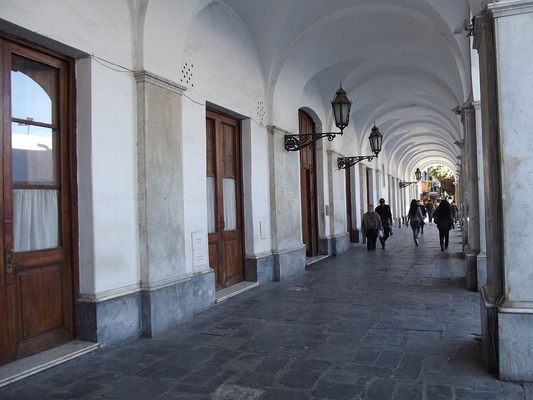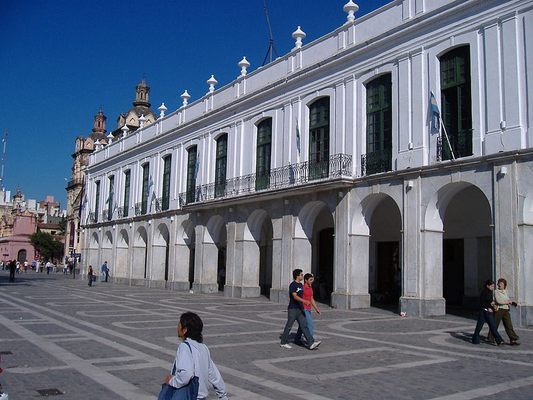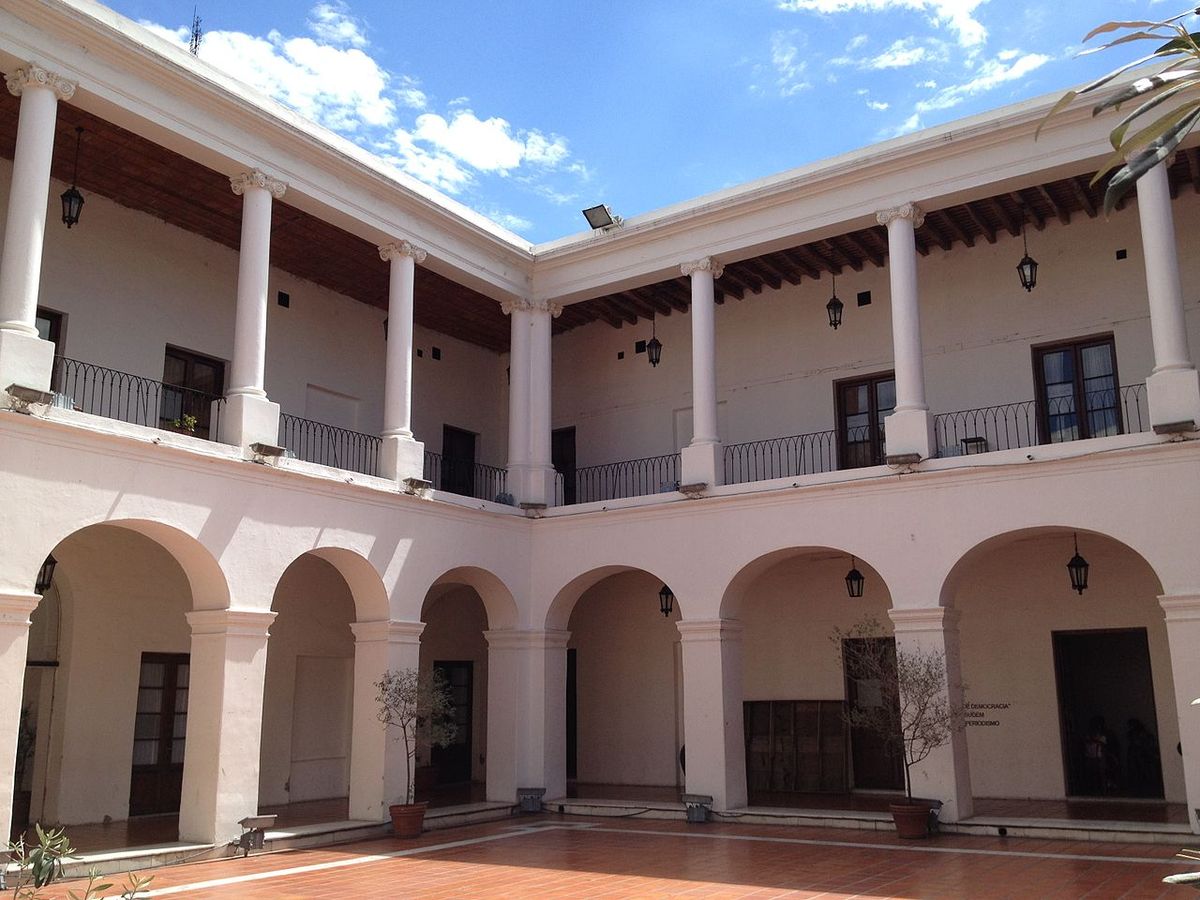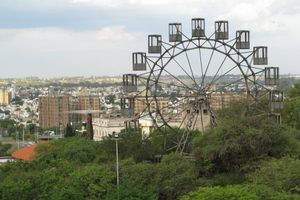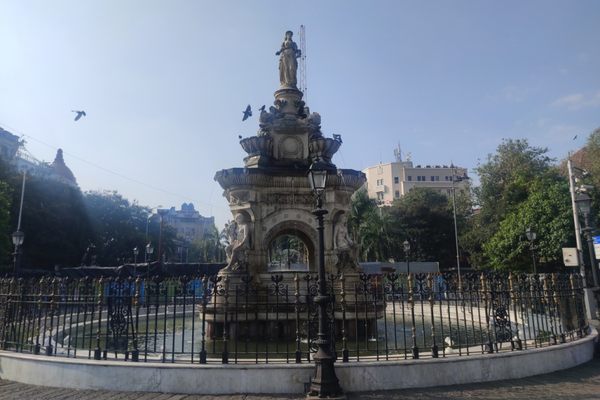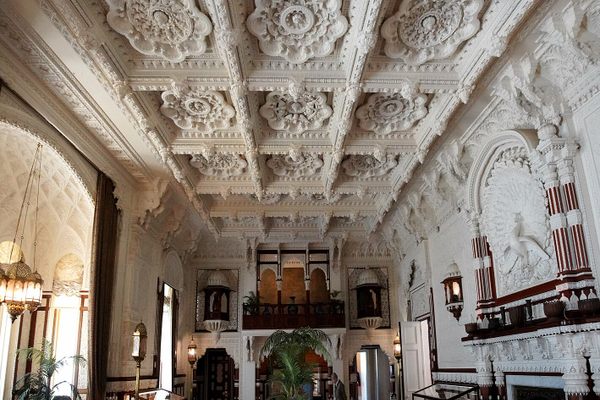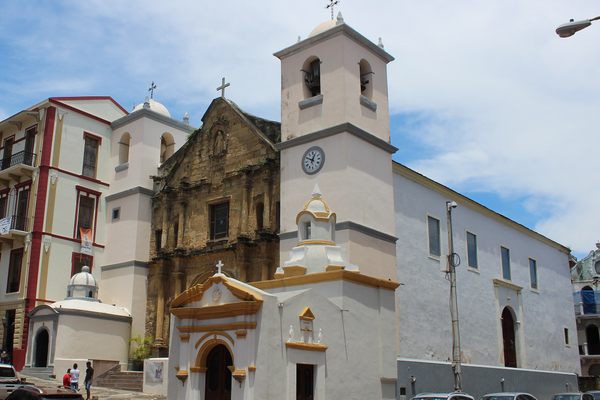About
The term cabildo can be translated as “chapter,” but in colonial times it referred specifically to the town hall.
To learn about the Cabildo de Córdoba means to delve into the colonial history of Argentina. Córdoba, founded in 1573 by Jerónimo Luis de Cabrera, was one of the first colonial centers that Spain established in South America. The settlement's earliest years of existence were marred by clashes between the Indigenous Comechingones and the Spanish, making Córdoba for all intents and purposes a military outpost. A few years after it was established, Don Lorenzo Suárez de Figueroa designed the urban grid around which the city of Córdoba developed.
In 1588 construction began on a building that would function as the local cabildo. Like many other buildings at that time, the first incarnation consisted of mud walls and a thatched roof. It was given the name Cabildo de Justicia y Regimiento de Córdoba, and inside the colonizers dealt with a wide array of issues including governance, legislation, economy, education, health, and security. The inadequacy of the structure became soon apparent, and expansion and upgrade work started in 1606. This project lasted four years because of a delay caused by the arrest of the only bricklayer in Córdoba, who was eventually released to ensure the completion of the work.
In 1857, when a new structure was built to accommodate all the offices necessary for the administration of the city, the Cabildo de Córdoba was repurposed to house the provincial police headquarters. Its final reincarnation occurred in 1989, when the police relocated, and the Cabildo became a cultural center, with the Museum of Córdoba inside. Nowadays, the Cabildo de Córdoba is an important historical building located in Plaza San Martin, easily recognizable for its colonial architecture and elegant 15-arch passageway.
Related Tags
Community Contributors
Added By
Published
May 19, 2021


